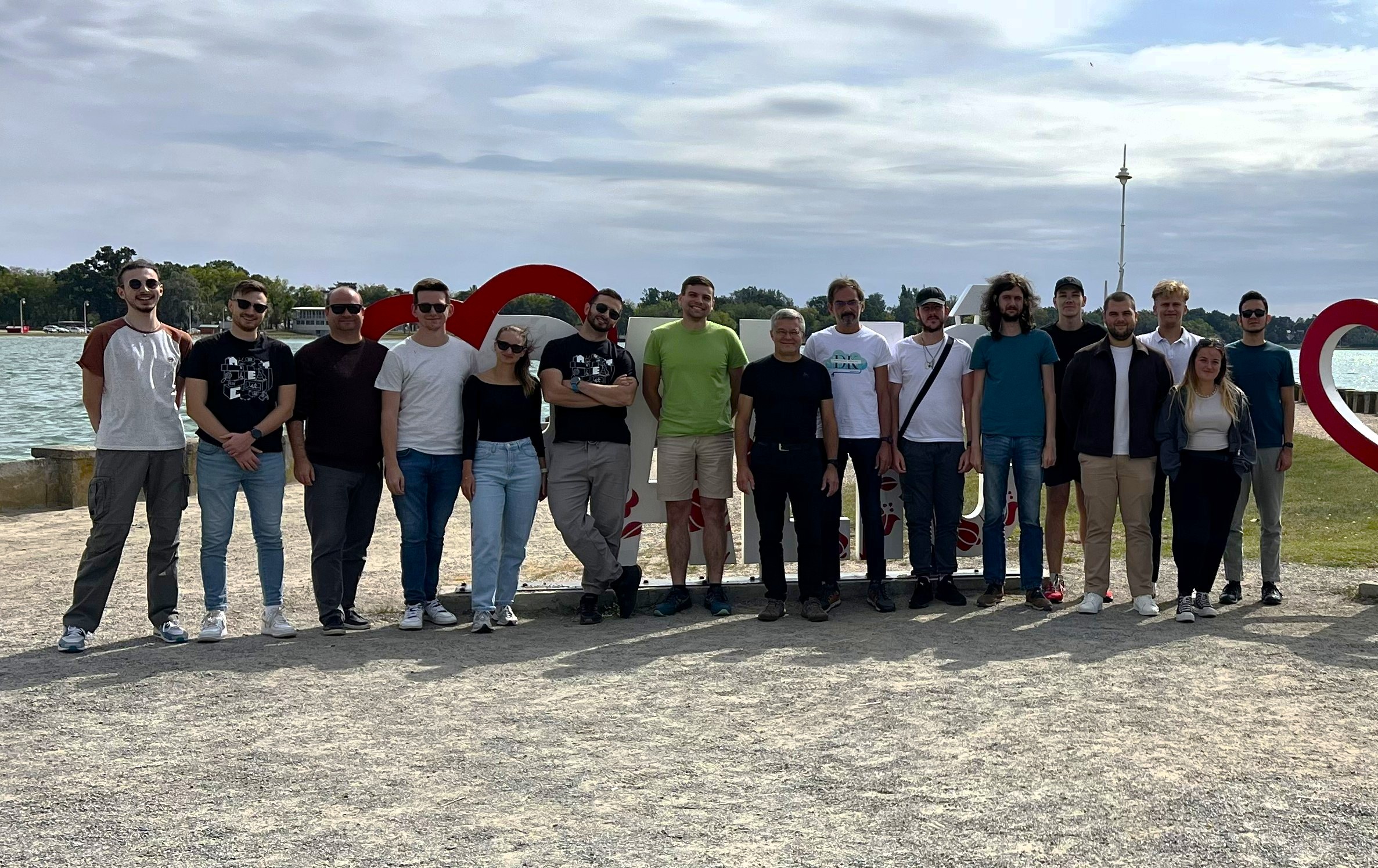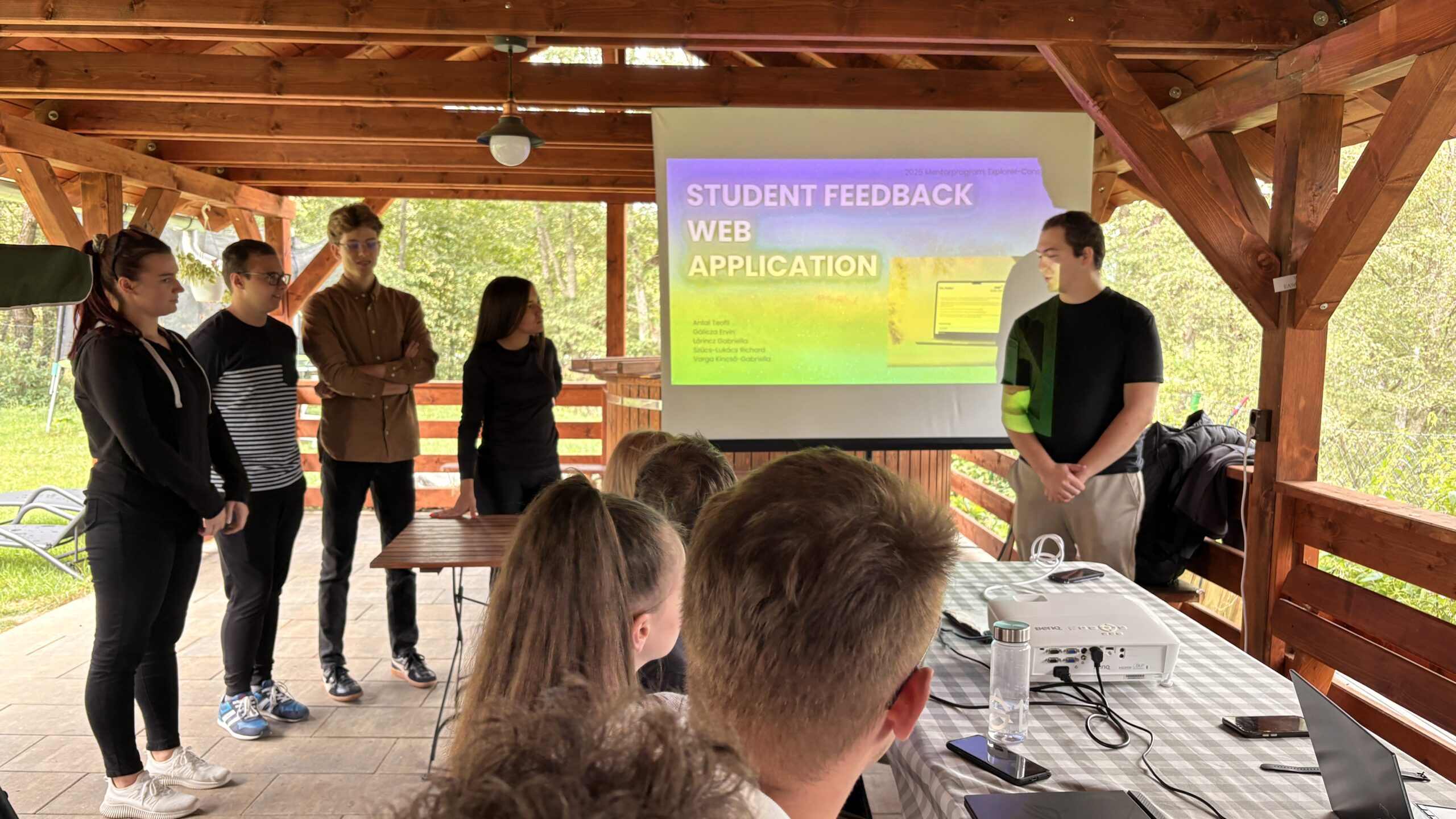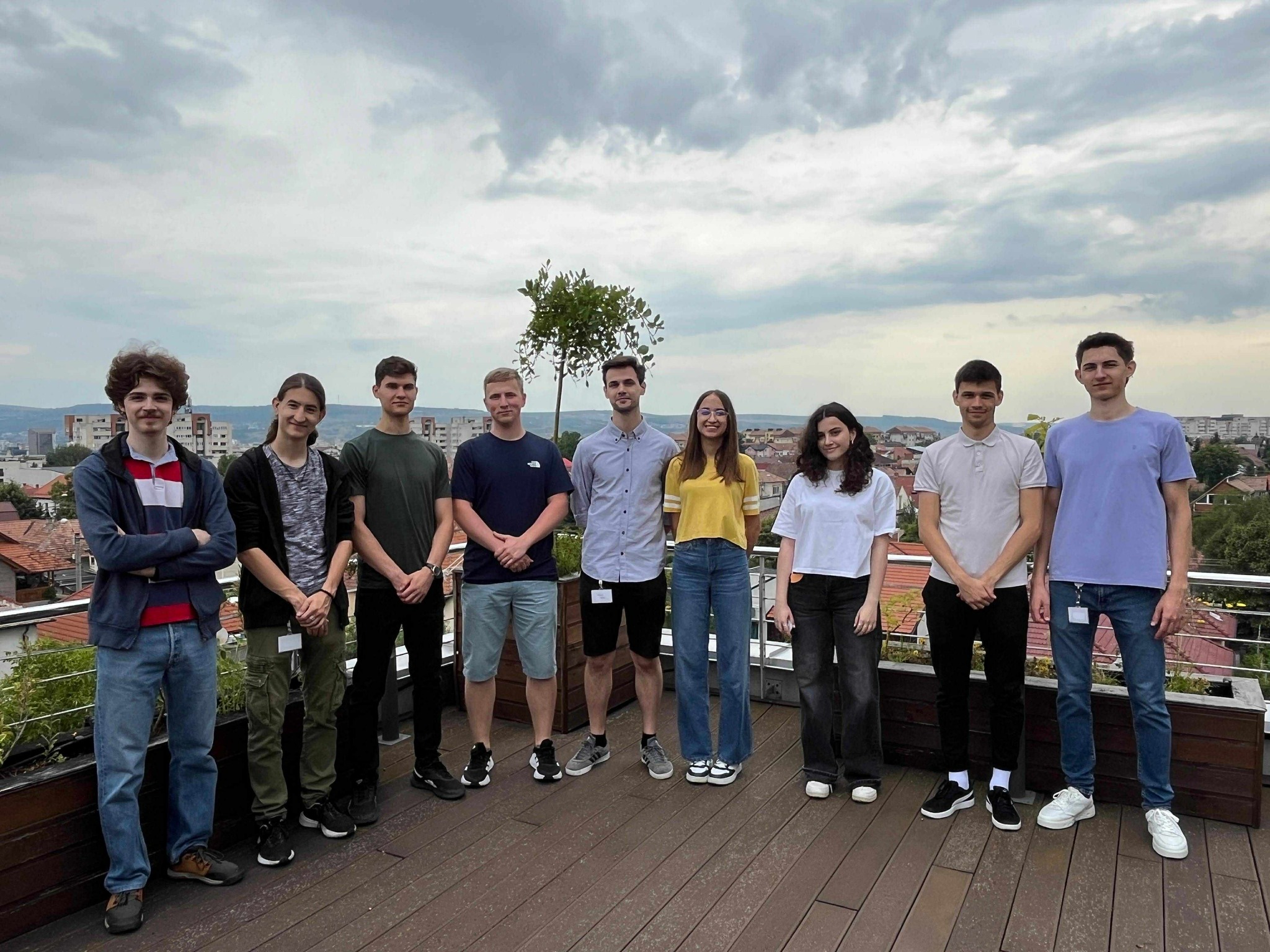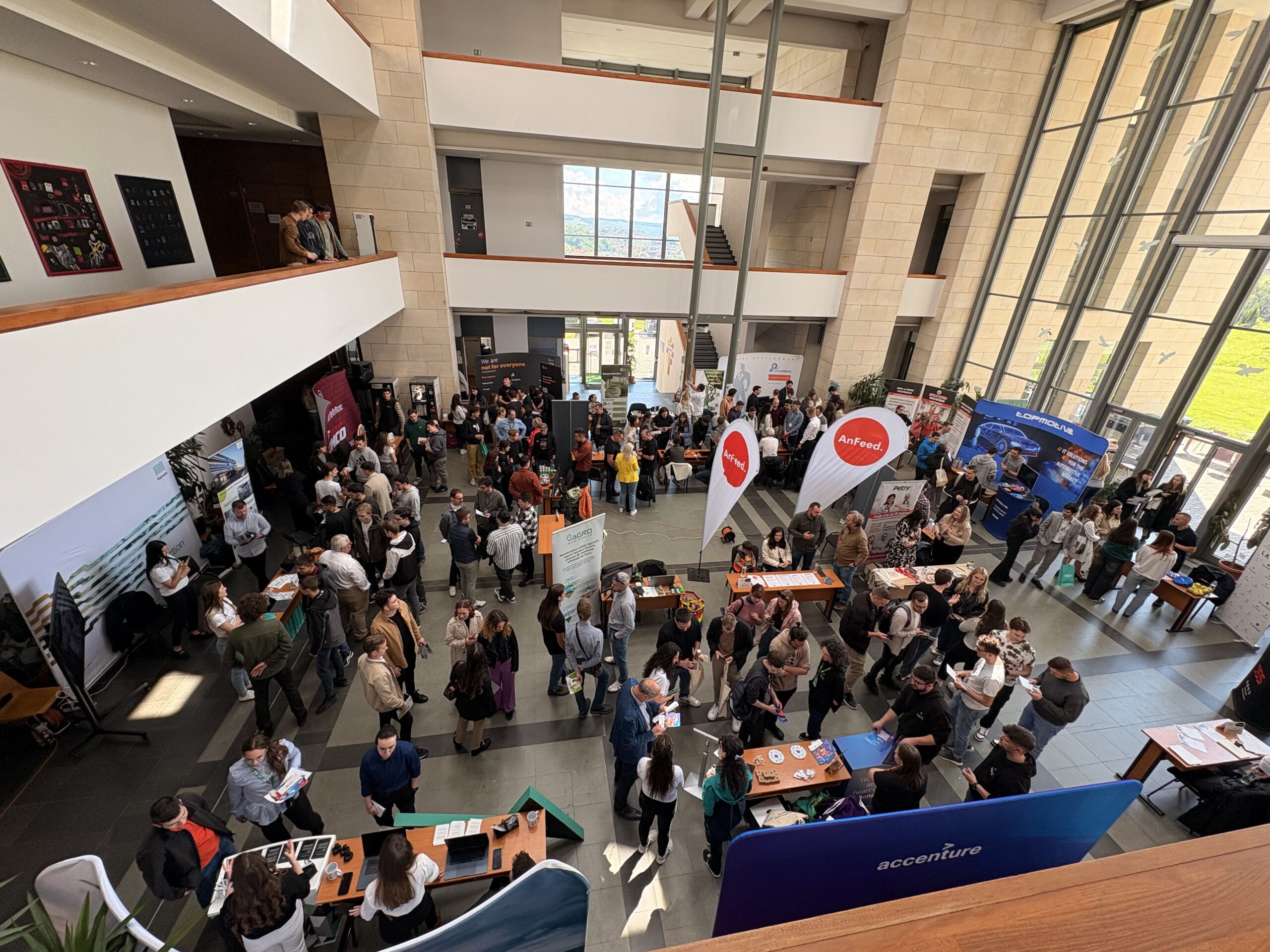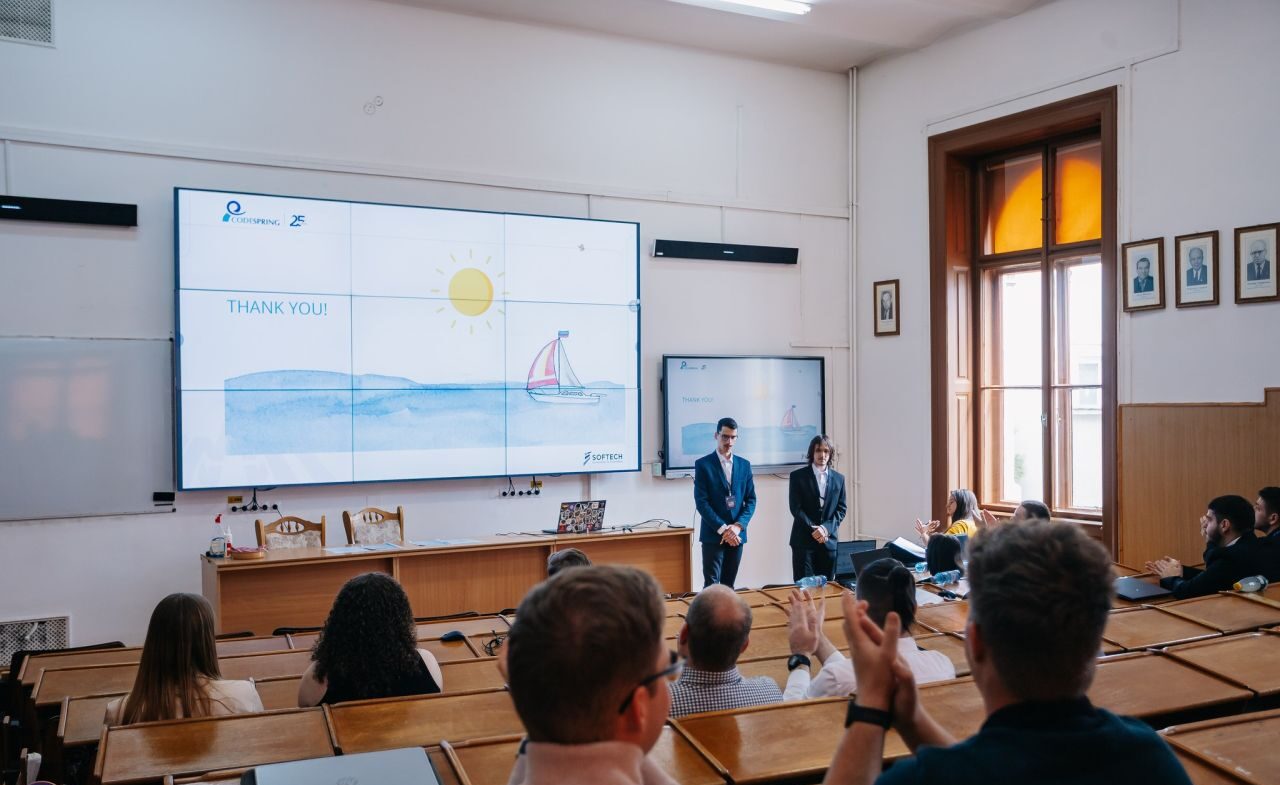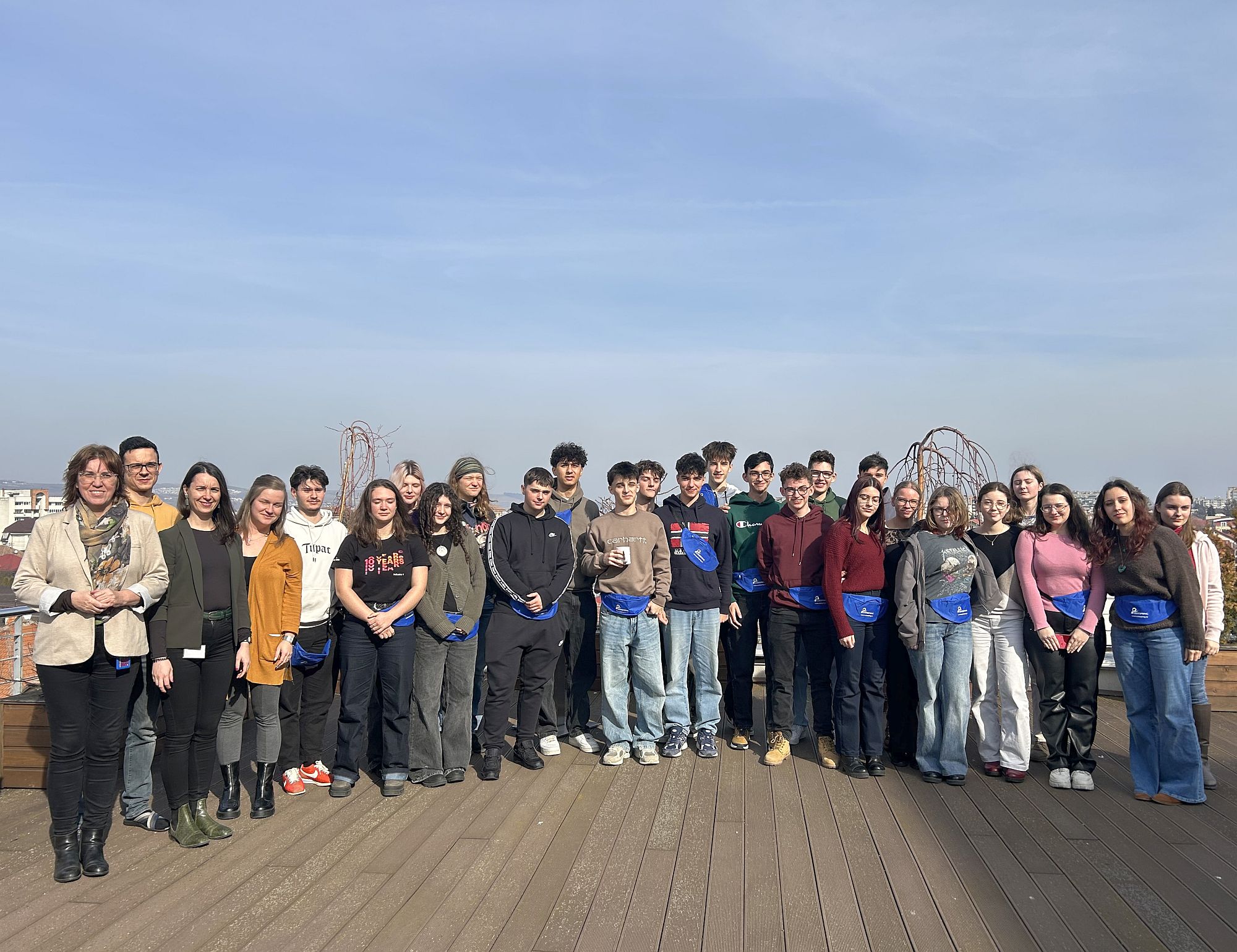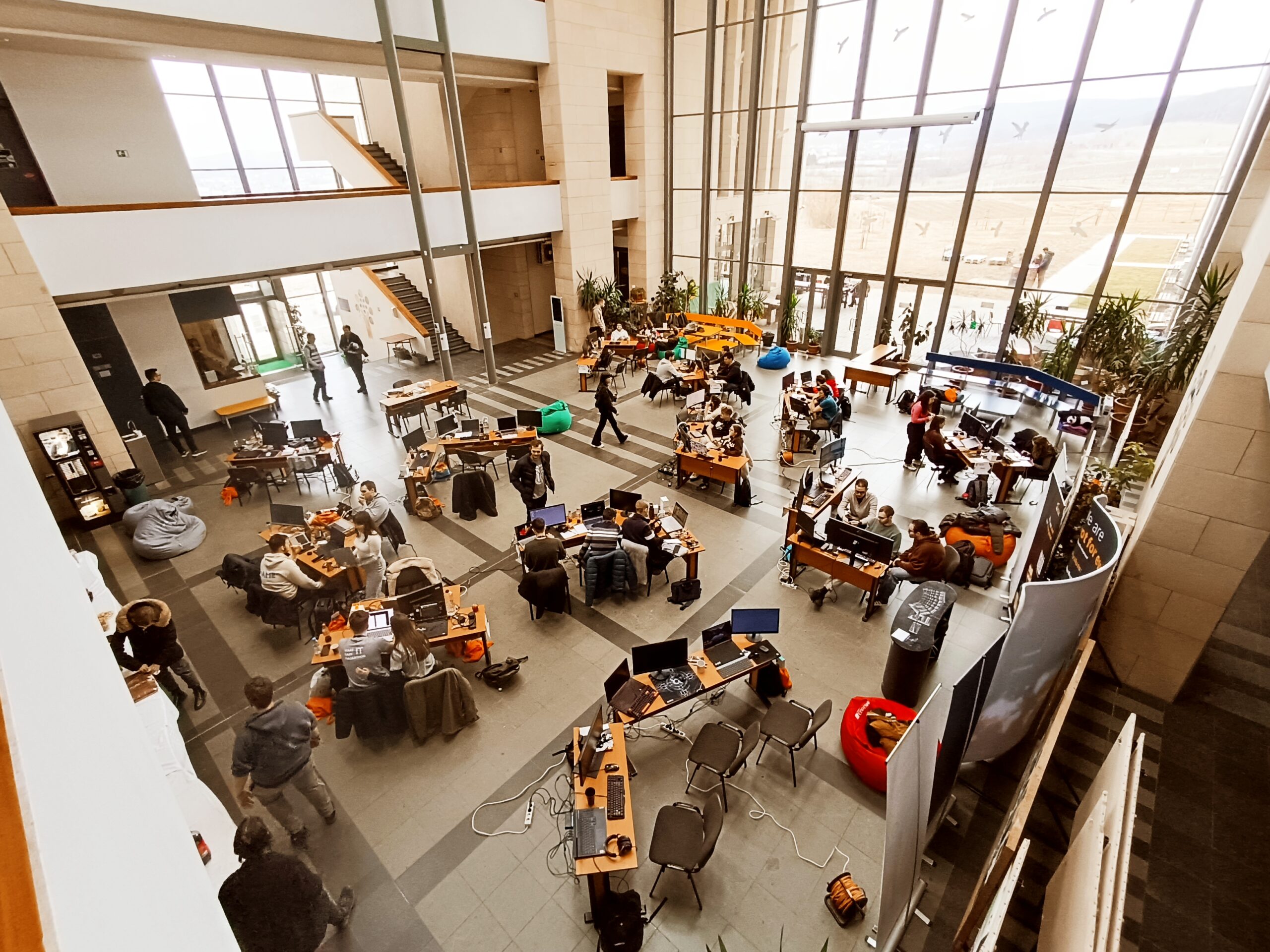Does “Siri”, “Evi” or “S Voice” sound familiar to you? Do you use “tap screen” or “swipe screen” for explaining a game on the mobile phone? If yes, it is because we are all witnessing a spectacular technology drift in the way we interact with computers. We are at the point where we can give a command to our computing devices empty-handed! This incredible achievement is due to those visionaries who aimed to make the interaction between the human and the machine faster, simpler and more efficient. Their findings and newest dillemmas are the core of Human-Computer Interaction (HCI) field.
If the “mouse” proved to be an almost providential innovation for the information technology science, what would the empty-handed technologies make out of it? Will HCI developments be the prelude of spreading sophisticated artificial intelligence among people? Undoubtfully, technologies enabling HCI render cutting-edge topics that call-out for debate
Dissection of HCI
In order to sense the complexity of HCI discipline, one must look at the elements involved. On one side we have the human or the user; on the other side we have the computer. The two elements interact or better said they communicate for a given purpose. In computing terms the user will provide input, and the computer will release output. The type of input the computer program accepts and the type of output the computer program delivers will determine the user interface (UI).
The technologies that enable HCI input have evolved from non-perceptual ones (keyboard, mouse, joystick, data gloves, pens, tangible devices or touch surfaces) to perceptual technologies (vision, audio, remote sensing). On the way, technologies for HCI output have also made revolutionary steps from more and more performant displays to complex 3D environments. What is even more interesting is that there are a set of technologies that enable “input further out”: gesture based (used in games and virtual reality), haptics (where hand gestures and eye movement trigger commands), bio-metrics (fingerprint identification, retinal scan) and thought based technologies (where the computer programme interpretes brain patterns voluntarily generated by the user as predefined commands). HCI integrates computer science, human behaviour science and other related fields. Due to this multidisciplinarity, HCI opens the road to discovery and innovation.
Rethinking Gestures in HCI
In HCI terms, gestures have a slightly different meaning than we are normally used to. There are certain styles that have a great impact on the user interface and help us position specific developments in clearer categories.
In our colloquial terms “manipulating” objects that we see on various displays seem quite common. Verbs like “dragging”, “moving” and “clicking” have emerged along with the use of the famous mouse, followed by the stylus. This type of manipulation gestures are related to 2D objects. Manipulating 3D objects is a natural action for the humans, but it was a very difficult step in the HCI discipline. Today, we assimilate in this category the mimking of manipulating physical objects (like we can experience in virtual reality) and the actual manipulation of real objects that will be mapped on to a virtual object.
A second impactfull style of gestures in the HCI development is the semaphoric gesture. In the contemporary society we are quite used with semaphores as visual signs given by using flags, lights or arms that have a distinct preset meaning (for example: red means stop; green means start). The same logic has been applied in the attempt of building software that will associate a certain movement or posture of the human body arms. Even if less used at the beginning, the concept of “intelligent environments” enhanced the use of simple preset gestures for turning on the TV, the lights in the house and other different simple commands.
Next, we must mention deictic gestures. In this case we use the pointing to objects in order to establish its spatial location within a given context. Pointing may be regarded as part of the manipulation gesture, but there are also exclusive deictic gestures in the HCI. Their usage spans from desktops, to mobile devices and virtual reality.
In close relation with semaphoric gestures, we note language gesture. Finger spelling is such an example. The difference is, that in contrast with semaphoric gestures, the symbols of each gesture is prestored in the programme, but the input will come under a structured grammatical form so that the computer will have to interpret the entire “sentence”. The aim is to communicate not to command.
Last, the one that is the closest to natural communication is gesticulation. It normally accompanies speech and the challenge is for the computer to contextually interpret the user’s gestures without any pre-recordings. When this side of HCI will be achieved, we can say that we will have a close-to-natural communication with the computer.
The Role of the Users
A leading thought for HCI specialists is that technology must serve humans and not viceversa. That is why the USER must be in the center of interface design reasearches. When people find it easy and natural to interact with any given technology, they will be satisfied and will continue using it. Often users will take a given product or solution and will use it in ways that the initial design team has never thought of. That is why feedback from users and evaluation with non-specialist is so valuable. They may trigger new ideas and new approaches. In this logic the necessity of prototyping and testing withn potential users arises.
Users spread technologies that thay find useful, fun and comfortable. Due to enhanced communication and collaboration tools users change the learning curve of using new technologies. Exchange of information about a device and how it works in many different situations can be a good lesson for those who built it.
In the end, users will decide if a technological innovation has the good shape, if it does well what it was designed for and if the overall experience corresponds. Beyond user interfaces and usability engineering, user experience (UX) has become a major component of the HCI discipline. Mobile, ubiquitous, social and tangible computing technologies propelled HCI in so many aspects of our lives, that the rapid evolution of this field is inevitable.
A Matter of Freedom
While analysing the key factors, other than the users, that are shaping HCI developments it seemed more and more obvious that it is all about feeling FREE! Our desire not to handle large physical objects and not to be constrained to make unnecessary movements in order to get to them has engendered the digitisation wave and the mobile devices phenomenon. The amount of data that we can now access and handle is huge. But we are free to consume and generate even more information. We are free to customize content and even interfaces in order to have a better user experience.
Due to the recent hyperconnectivity we are less time and location dependent. We can communicate at what hour we want, on almost any part of the globe and receive feedback almost in real time. Now that HCI has set our bodies and hands free, we will be able to focus on other activities while continuing to speak, to walk or other. The feeling of freedom is giving us new perspectives and a multitude of choices.
The Other Side of the Coin
The most prevalent result of HCI evolution appear to be “intelligent homes”, “intelligent cars”, “intelligent environments” and even more “intelligent devices”. To some extent these concepts hide the fact that it implies technology-dependency and too much connectivity may become a psychological burden. On the long term humans are facing a major shift of skills in direct relation with the technology-level of their proximal community. Changes in the way of learning and thinking have been subject of many researches in the last years. The visible impact on social interaction has not revealed yet its true implications as the hyperconnected generation is barely blossoming.
Sensitive to Change
As a main characteristic of the human species we must notice the ability to adapt. This is possible because our body and mind is sensitive to change. While HCI findings progress towards natural language processing the main focus will be on integrating usefull technologies so that the users take advantage of this power surpluss. Being a hybrid science, HCI unleashes imaginative alternatives that may open Pandora ’s Box. (D.C.)

